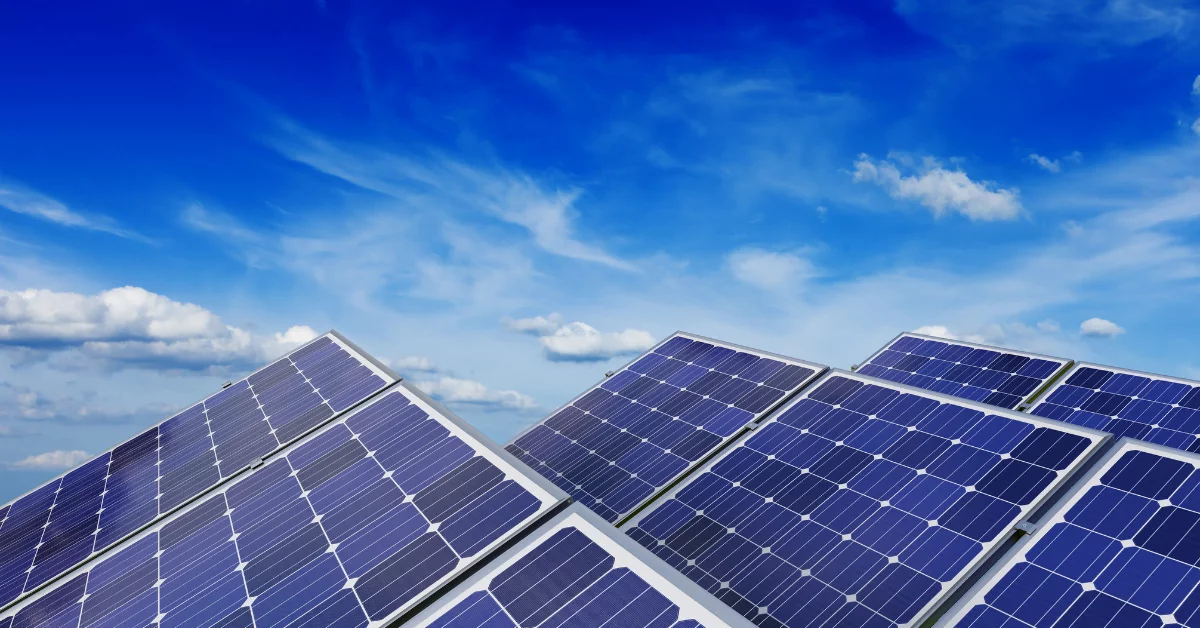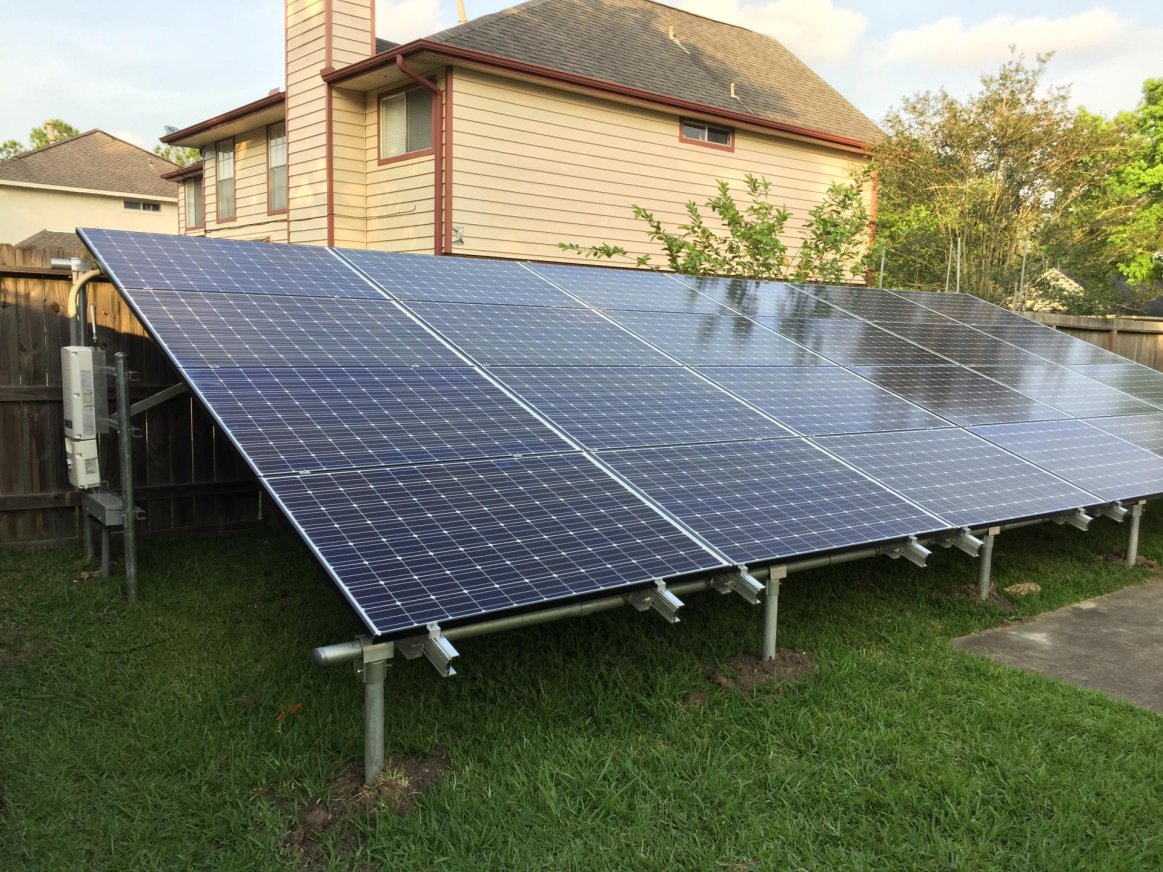5 Key Differences In Degradation Between Solar Panel Types
2024-06-28
Monocrystalline vs. Polycrystalline Panels
Decreased Performance Over Time Monocrystalline Solar Panel: Monocrystalline solar panels are the most expensive type of panel but come with a similar lifespan to that of polycrystal panels, albeit tend to degrade slower over time. Monocrystalline panels decline favorably at about 0.3% to 0.5% each year, while polycrystalline can see decay of up to 0.5% to 0.7%. This discrepancy can make a huge difference to the cumulative energy output during the life of the solar asset. Effects of Temperature on Efficiency Monocrystalline panels generally also do better in high temperature environments This is because of their higher heat tolerance when compared to the polycrystalline panels. As far as pure efficiency, one study that watched panels in a desert climate, monocrystalline panels only lost about 2-3% of their original efficiency after 25 years and polycrystalline panels lost about 10%. Implementation at Scale Now, the real-world scenario is looking at a vast solar farm in the Mojave Desert where monocrystalline panels produced roughly 10% more power than its glandular cousin (polycrystalline) within 20 years. The three main reasons for this difference are the better heat resistance and longer life ofmonocrystalline panels. Economic Impact Analysis Mono solar panels tend to be cheaper in the long run, despite costing more up-front For a regular household solar system, the extra cost of moncrio panels can be recovered in 7 to 10 years through increased electricity production like areas with higher sunlight exposure.
Thin-Film Panels and Their Unique Challenges
Breakdown and Age-Related Sensitivity Thin-film panels, which are built from substances like amorphous silicon, cadmium telluride and CIGS (copper indium gallium selenide), frequently have higher degradation rates than crystalline silicon panels. The degradation rate for a thin-film panel is 1% to 1.5% per year on the most common case. This means that a thin-film installation could end up losing an excess of 30% in efficiency over 20 years. Environmental Sensitivities Thin-film panels are significantly sensitive to things like shading, dirt, and temperature swings. In another study, it was discovered that thin-film panels are much more susceptible to power loss due to partial shading than monocrystalline or polycrystalline panels (by up to 30% for one Crystalline Silicon technology). This sensitivity should be taken into account, particularly in locations with highly changeable weather or urban environments that might cause shading from trees and buildings. Urban Solar Projects Thin-film modules were selected for the urban solar projects in San Francisco because they can deliver more energy in low light conditions. Although the panels were able to function adequately in moderate to diffuse light, they experienced 15% lower annual power output due to frequent fog and building shadows - which is much less than what was forecast based on ideal laboratory results. Economy on Large Scale Under certain circumstances, thin-film panels are advantageous for large installations due to their lower cost of production and weight - they are easier to transport and install. A prime example is a solar farm in Arizona that incorporated cadmium telluride thin-film panels to decrease total project costs by nearly 20 percent over the use of crystalline silicon panels.Bifacial Panels' Durability
Increased degradability These panels are known as bifacial because they will pick up sunlight for generation of power from both sides. This design also combine with to make them durable because the dual-sided exposure, helps to slow down its cornucopia of weaknesses. According to studies, bifacial panels usually degrade at a rate of 0.25-0.35% per year; well under what most traditional monofacial panels experience throughout their lifetimes. Slowing this rate of decay could essentially lengthen the life span and functionality of solar installations. How Structural Design Affects Longevity Bifacial panels are more resilient to environmental compatibility factors like wind, snow and hail given the structure of bifacial panels - in many cases they depend on frameless glass which is a stronger material than say aluminium. By the numbers, during a side-by-side comparison, bifacial panels experienced 10% less environmental degradation over a period of 20 years in the exact same geographical location as standard monofacial panels. High Altitude Installations Case Study We see this in practice and since 2018, a number of high altitude installations have been generating electricity in Colorado using bifacial panels. Despite exposure to the elements, these panels had fared quite well. A 5% drop in production after 15 years is a fraction of the usual 12-15% loss that you can expect with monofacial panels under similar conditions. Advantages of economics and performance While bifacial panels can come with a higher initial price, which is probably a big reason why they are not more widespread at this point, their durability and high output potential make them a great long-term saving and ROI vehicle. In Nevada, a solar project in the desert used bifacial panels because of their high yields from solar radiation on the project site itself; this increased generation by approximately 20% annually compared to similar projects that utilized monofacial panels.Glass-on-Glass vs. Glass-on-Backsheet
Life Longevity and Degradation of Performance The glass-on-glass (GOG) solar panels are generally more robust, longer lasting than the glass-on-backsheet (GOB) panels. GOG panels also feature a dual glass design, allowing the photovoltaic cells to be less exposed to environmental conditions and so reducing the annual degradation. According to research, GOG panels lose about 0.2% to 0.3% per year of their efficiency while GOB panels usually shed 0.5% to 0.7% annually. Environmental Stress Resistance Boosted Designed with a rugged construction, GOG panels are well suited for challenging environmental conditions, including high humidity, salt mist and heavy snow loads. A coastal solar farm utilizing GOG panels, for example, was claimed to be negatively affected by salt mist corrosion at an extremely low rate during its first ten years of operation while a similar setup with GOB allowed the efficiency to deteriorate symptomatically after just five years. Large Commercial Sites Case Study This is a commercial rooftop in Minnesota that has GOG panels installed. Even in heavy snow and a very severe freeze they had only dropped output slightly over 20 years. A nearby plant with GOB panels suffered a significant decrease in performance at the same site conditions and required replacement of the panels significantly early. The potential drawback is that it will bring with it costs and considerations of installing raceway in the first place. In terms of lifespan and degradation rates, GOG panels tend to be more expensive upfront but can eventually prove a better economic value. One such study with an economic analysis was done on a solar project in Arizona with the assumption that though GOG tech is apparently pricer at first, it would eventually save more money long term since less maintenance will be needed and their lifecycle would be greater compared to GOB panels, providing higher ROI than GOBs.